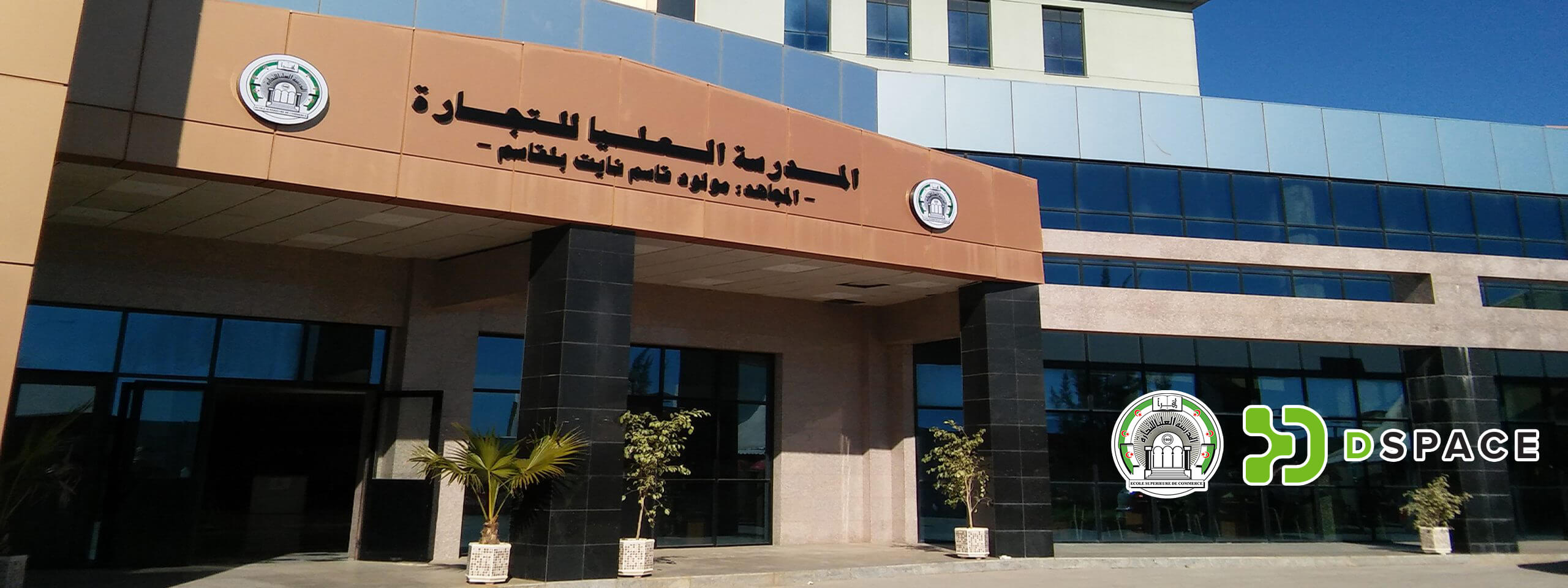Please use this identifier to cite or link to this item:
http://dspace.esc-alger.dz:8080/jspui/handle/123456789/2219Full metadata record
| DC Field | Value | Language |
|---|---|---|
| dc.contributor.author | كبير, حمو | - |
| dc.contributor.author | ملزي, زهيير ( إشراف) | - |
| dc.date.accessioned | 2025-11-16T09:11:17Z | - |
| dc.date.available | 2025-11-16T09:11:17Z | - |
| dc.date.issued | 2025-11-02 | - |
| dc.identifier.other | Mas/2025/22 | - |
| dc.identifier.uri | http://dspace.esc-alger.dz:8080/jspui/handle/123456789/2219 | - |
| dc.description.abstract | This research investigates the impact of integrated digital tools on financial forecasting, performance control, and decision-making within organizations operating in the energy sector, using Naftal, Algeria's national petroleum distribution company, as a case study. In an era where accurate and timely financial information is essential for strategic management, the study addresses the core problem of enhancing financial planning processes through digital innovation. Specifically, it examines how a custom-developed application—combining time series forecasting, variance analysis, budgeting, and automated dashboards—can serve as a decision-support system for financial controllers. The primary objectives are to evaluate whether such digital integration improves the accuracy and responsiveness of financial planning and to explore its implications for performance management and operational oversight. The research is guided by key questions concerning the role of accurate forecasting in decision-making, the contribution of variance analysis to predictive adjustments, and the effectiveness of interactive tools in supporting managerial control. Methodologically, the study adopts a quantitative and applied approach. A financial forecasting model was developed using Python and Streamlit, employing SARIMA models on historical sales data of GPL/Carburant from 2014 to 2023. The model incorporates modules for data preparation, predictive modeling, budget formulation, variance analysis, cost calculation, and KPI visualization. Testing was conducted on simulated yet realistic datasets inspired by Naftal’s operations. Findings demonstrate a substantial reduction in forecasting errors, with absolute deviation percentages dropping below 3% in most cases. The integration of automated reporting and analysis significantly enhanced the speed and reliability of financial insights, supporting real-time decision-making. Although dashboard functionality remains a future enhancement, the current model shows promise for broader application across similar institutions. The study concludes by recommending the adoption of such integrated digital systems to improve financial governance. Future research may extend this model to real-time analytics, cloud-based deployment, and cross-functional performance tracking. | en_US |
| dc.language.iso | other | en_US |
| dc.publisher | Ecole supérieure de commerce | en_US |
| dc.subject | مراقبة التسيير | en_US |
| dc.subject | المعلوات المحاسبية | en_US |
| dc.title | تحليل ونمذجة الموازنة التقديرية لتحسين مراقبة التسيير | en_US |
| dc.type | Thesis | en_US |
| Appears in Collections: | Thesis Master مذكرات الماستر | |
Files in This Item:
| File | Description | Size | Format | |
|---|---|---|---|---|
| كبير حمو.pdf | 14,37 MB | Adobe PDF | View/Open |
Items in DSpace are protected by copyright, with all rights reserved, unless otherwise indicated.
